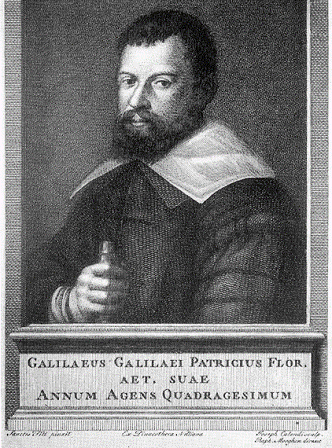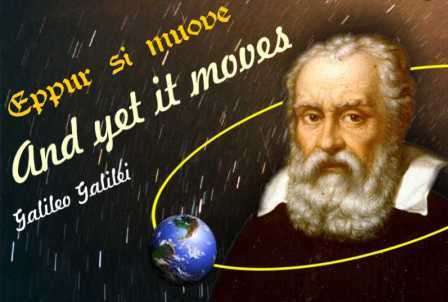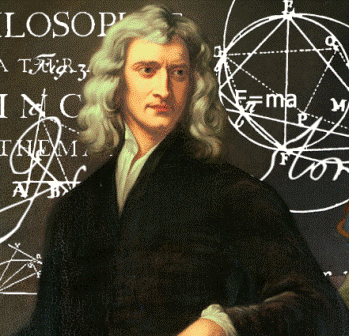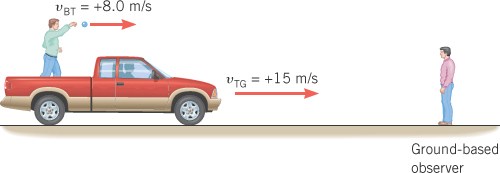How to calculate the speed of anything, when their speed becomes closer to the speed-of-light
This article was originally a comment in the linked article; Why Nothing Moves Faster Than Light.
— In order to correct the comment I have made earlier ” unless something is completely mass-less in its rest-frame ” I also add the following. This is a fact which I have realized lately — or rather trapped myself to commit an inconsistent remark, by following the same comment in making other remarks elsewhere.
But it’s better late than never to realize; when something is mass-less, it will never have a rest-frame, because by Einstein’s transformation rules, known as Theory of Relativity, to be consistent, a mass-less particle will always move at the speed of light c, no matter which frame we are looking at it from. This then leads to the velocity addition formula of Einstein.
Now we will discuss in a slightly more detail the two kind of velocity addition formula, one prior to Einstein and one that came from Einstein’s work.
Prior to Einstein
According to Newton and Galileo ( Galileo Project ), known by a name Galilean Relativity, the following follows; if C moves at speed wrt B, B moves at speed
wrt A then C must move at speed
wrt A, given by
. The speeds get added up, the reason why the formula is known as velocity addition formula in the realm of Newtonian or Galilean mechanics.




Let’s take this simple example, to illustrate the above; A bullet moves at speed 200 km/hr in a train and the train moves at 250 km/hr wrt Jason, who is standing still, on ground, all in the same global direction. Lets denote ground to be A, train to be B and bullet to be C.
So Jason will see that the bullet will move at speed Thus Galilean Relativity:
.
Note i. B as an index vanishes, if we keep the indices in proper sequence. CA = CB + BA.
Note ii. This relation is most generally valid as a vector equation as well. There are 3 vectors here in the given equation, for the respective speeds.

The above is another example of how speeds get added in Galilean way, here resulting speed seen by the ground observer is .
Post Einstein’s work of relativity
But Einstein modified this, to make the rule consistent, with how it will work out for light or any relay of information at that speed. To make light always move at speed the simple addition becomes “warped”.

It’s still known as addition of velocities or addition of speed and given by where we have to use speeds in the unit of speed of light being 1, ie, speeds as fractions of the value of c and we will get the results in terms of speed of light being 1 as well.
We then simply multiply to that fraction, to get the exact speed, in terms of
( or subsequently
) etc. Not only we have to multiply this value of c to any result we obtain from this formula, we also have to divide this value before carrying out any calculation, in order to use the formula, given in this form.

— Literature will make it slightly more complicated, and less attractive, for modern physicists, to get consistent results in (
).
So Einstein’s Relativity: . When this factor
is divided, its no more a simple addition, but a warped addition and it is known as Einstein Velocity Addition Formula.
This article has a good deal of similitude of content with the linked:Why Nothing Moves Faster Than Light— so they can be read together.

Leave a comment